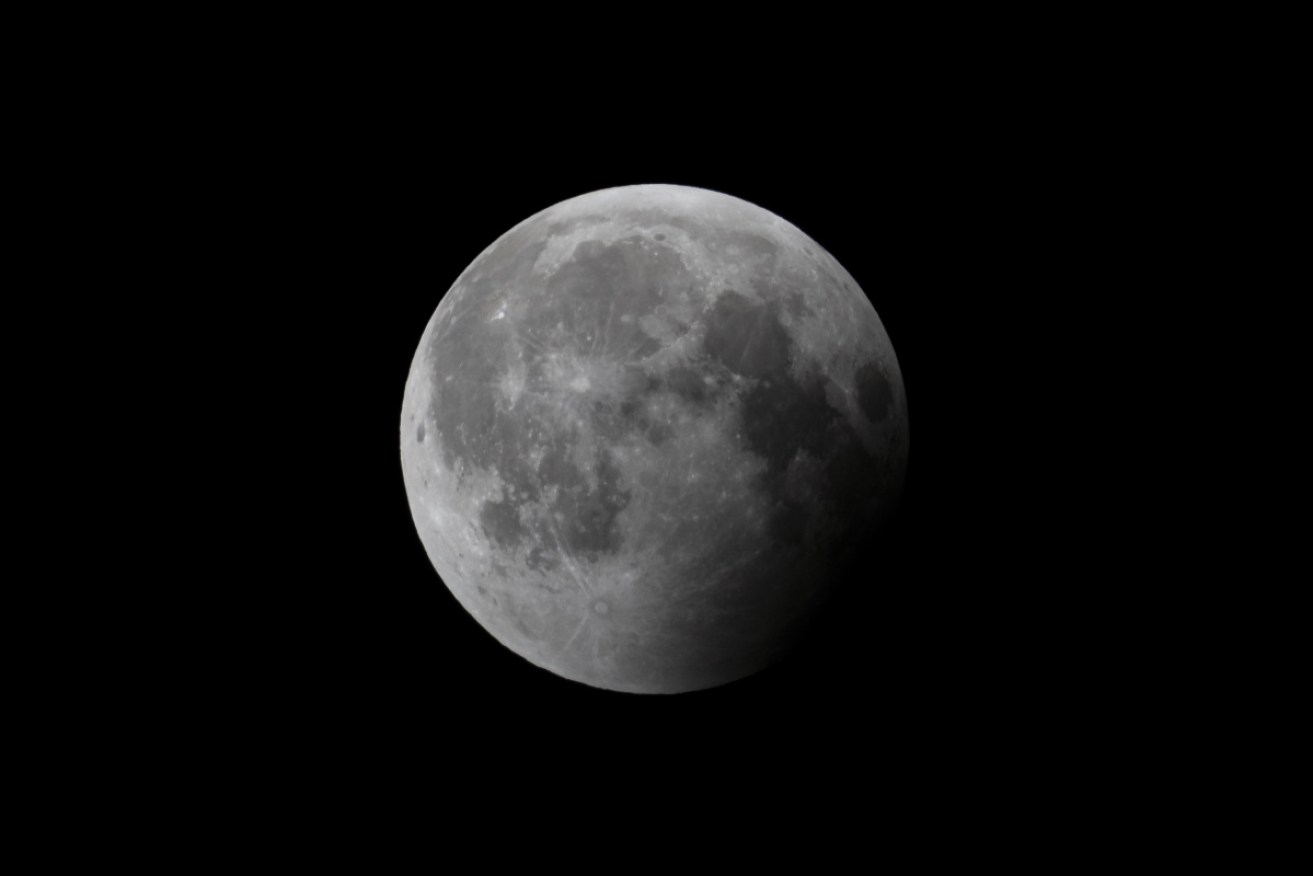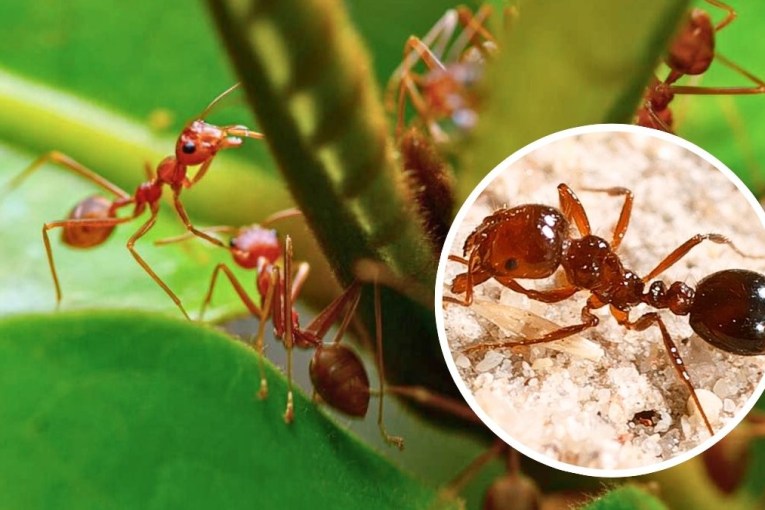Dark side of the Moon: How to watch Australia’s last visible lunar eclipse until 2021

The Moon will have a dark patch over its right-hand side during the partial eclipse. Photo: Getty
As the Moon landing anniversary approaches, the Moon, Earth and Sun are lining up for their own party in the sky this week.
If you’re up before dawn on Wednesday morning you may notice a chunk bitten out of the Moon’s right-hand side.
Starting at 6.01am (AEST) at least some of this partial eclipse will be visible if you have a good view of the horizon and the weather holds out.
“I think it’s definitely worth getting up and having a moon festival this week,” said Dr Andrew Jacob of Sydney Observatory.
“And this will be the last lunar eclipse of any type that we really get to see for another couple of years.”
A lunar eclipse occurs when the darkest part of Earth’s shadow – the umbra – crosses the face of the Moon.
During a total lunar eclipse the Sun, Earth and Moon are perfectly lined up so Earth’s shadow falls directly across all the moon.
“Technically we call it a syzygy. The Sun, the Earth and the Moon are lined up in a straight line.”
But during a partial eclipse the alignment is slightly out, so not all of the Moon is covered by the darkest part of Earth’s shadow.
When to see it
Everyone across Australia will see the eclipse begin at the same time (see timezone conversions below).
How much of this eclipse – and what you actually see – will depend upon where you live.
While some or all the eclipse can be seen right across Australia, the west has the best seats for super-keen early risers.
“For the eastern states it’ll be obvious that there’s that chunk out. For the west it will be very, very clear that there’s an eclipse happening,” Dr Jacob said.
At its peak, around 40 to 45 per cent of the full Moon’s face will go dark. But only people living in Western Australia will see the eclipse from the beginning to end.
“The west will see the bottom right hand half of the Moon in shadow, in eclipse and nice and dark before the Moon sets.”
In the eastern states the Moon sets below the horizon before maximum eclipse, or is right on the horizon at moonset.
But even though you won’t be able to see the eclipse at its fullest point in the east, the Moon will look massive as it sinks into the horizon, thanks to a trick of the brain.
“The moon illusion, where the moon appears larger when it’s on the horizon, definitely comes into play so that will be quite a nice effect,” Dr Jacob said.
So will it look red?
The reddish colour typically seen in total lunar eclipses is caused by a combination of the bending and scattering of light through Earth’s atmosphere, and the amount of cloud and dust.
“If you have a perfect weather report you could estimate [the colour of a lunar eclipse], but no one ever quite knows whether it’s going to be a deeper colour, or a more brick red, blood red, pale red or crimson red.”
But during a partial lunar eclipse the contrast between the brightly lit Moon and the part in shadow makes it hard for your eyes to pick out the reddish tinge.
In the eastern states, the approaching dawn will make it even harder.
“I don’t think it will be visible at all. Just too small an amount of the Moon is covered to see that reddish colour before it sets in the eastern states.”
But Dr Jacob said Western Australia may be luckier because the Moon is up for longer and sees the entire eclipse.
“The eclipse probably covers enough of the Moon that there’ll be a tinge of red,” he predicted.
And that’s as good as it’s going to get until May 26, 2021.
–ABC








